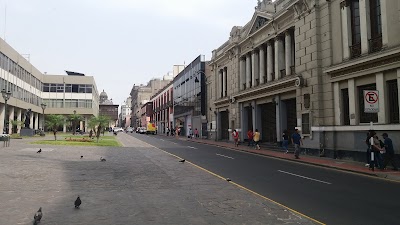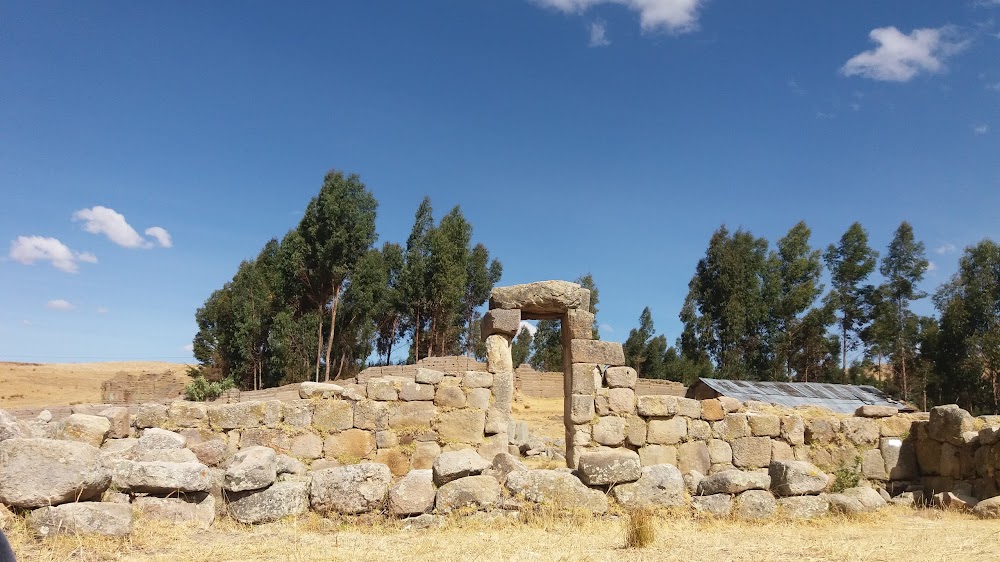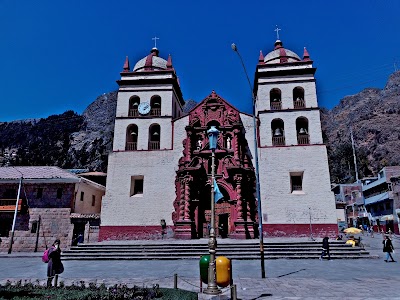Chonta (Chonta)
Overview
Chonta, located in Huancavelica, Peru, is a captivating emblem of cultural heritage that is intricately woven into the traditions and history of the local communities. This term refers to a traditional practice and structure that holds significant importance in the culture of the Quechua people, reflecting their values and communal spirit.
Construction and Materials
The Chonta is a simple yet ingenious construction, typically crafted from local materials such as wooden poles, often reinforced with ropes made from natural fibers. This structure serves as a vital gathering place during various community activities and festivals, fostering social interaction and participation in events that celebrate their rich culture.
The process of creating a Chonta begins with the community coming together to select and prepare the necessary materials. The wooden poles are meticulously sourced from nearby forests, ensuring they are both sturdy and appropriately sized. Once chosen, these poles are cut to the right lengths and transported to the designated construction site.
Community Involvement
As the building process unfolds, it is usually led by the village elders or skilled craftsmen, emphasizing the importance of tradition and expertise. The poles are erected in a circular formation, forming a supportive frame that is then interwoven with ropes or vines to enhance stability and provide additional support. This collaborative effort is marked by a spirit of unity and cooperation, with contributions coming from everyone, from children to the elderly.
This construction process transcends the physical act of building; it serves as a means to reinforce social bonds and cultural identity among community members. Through teamwork and shared purpose, the Chonta becomes a symbol of togetherness, reflecting the community’s commitment to preserving their heritage.
Functions and Significance
Once completed, the Chonta serves multiple functions. During festivals, it transforms into a vibrant centerpiece for celebrations, hosting traditional dances, music, and other cultural performances. Furthermore, it provides a sheltered space for important communal meetings and gatherings, allowing residents to come together to discuss vital matters affecting their community.
Beyond its practical uses, the Chonta embodies the ingenuity and resourcefulness of the Quechua people. The choice of local materials and traditional construction methods illustrates their deep connection to the land and their ability to create functional structures that harmoniously blend with their environment.
Cultural Legacy
The tradition of building and utilizing Chonta has been handed down through generations, ensuring that this unique aspect of Quechua culture continues to flourish. Despite the challenges posed by modernization and evolving lifestyles, the community’s dedication to preserving their heritage remains steadfast.
In conclusion, the Chonta of Huancavelica, Peru, is much more than just a physical structure; it is a powerful symbol of cultural identity, community cooperation, and the enduring spirit of the Quechua people. Through its construction and continued use, the tradition of the Chonta plays a crucial role in maintaining the cultural fabric of the community, providing a space for celebration, unity, and the preservation of a rich and ancient heritage.





